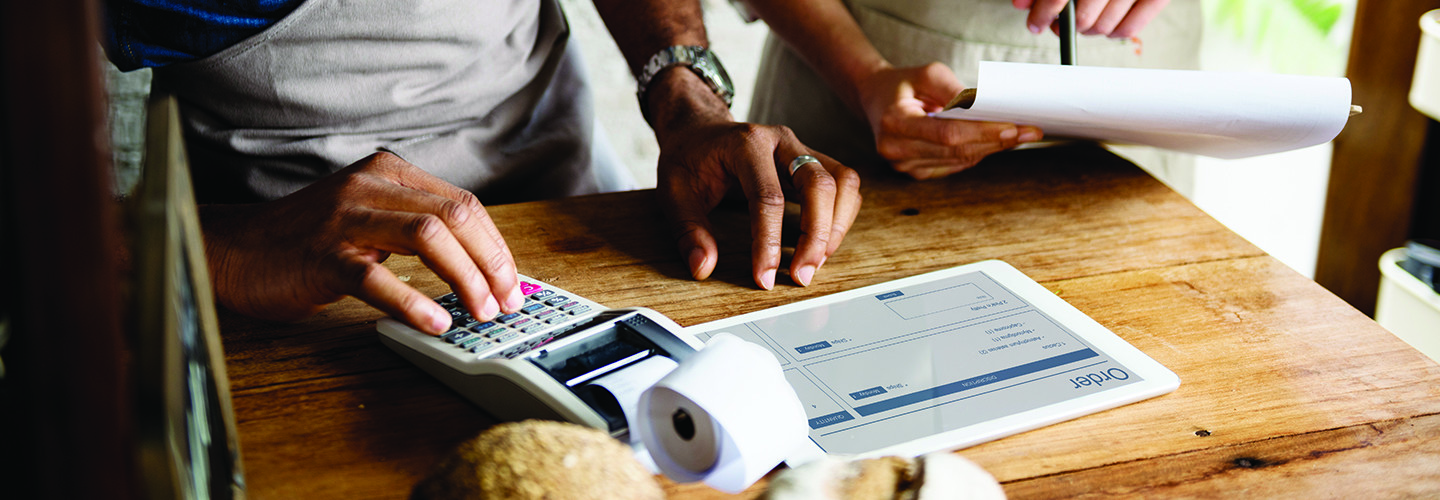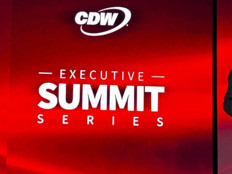1. Small Businesses Should Be Using Contactless Payment
Retailers shouldn’t be strangers to contactless payment. Credit card and tech companies have been using near-field communication to develop contactless payment products for years.
Amid the pandemic’s social distancing restrictions, however, contactless payment became nearly mandatory. An eMarketer study this year found that half of all smartphone users will use in-store mobile payment apps by 2025.
While touch-to-pay credit cards are very popular, the adoption of digital wallets is also growing. When presenting research at this year’s Money20/20 event, McKinsey payment expert Marie-Claude Nadeau said that about half of the customers who use a digital wallet will use a digital wallet only, not a physical one.
With 67 percent of retailers accepting some form of contactless payment, the small businesses that don’t adapt will be left behind.
2. Small Businesses Should Offer an Omnichannel Experience
Despite the challenges of 2020, last year’s Small Business Saturday was a big success. According to American Express, total revenue grew to $19.8 billion in 2020, from $19.6 billion in 2019. What did shift, however, was the way people supported small businesses. The report found that 56 percent of shoppers made purchases online last year, up from 43 percent in 2019. About half of shoppers on the day either endorsed small businesses on social media or made a purchase based on a social media recommendation.
MORE RETAIL: How supply chain digital transformation sets retailers apart.
This shift to online isn’t going anywhere. Shoppers have come to love the convenience of ordering online and either having the goods delivered or picking them up at the store. Small businesses have historically been at a disadvantage in the digital space, as larger retailers more often have the resources and infrastructure to deliver on these expectations.
But last year showed there is a market for an omnichannel experience from local businesses, and they need to capitalize on it. To do this, small businesses should make sure they can field online orders and have management systems to track their inventory across different mediums.
3. Small Businesses Need Data Collection Systems
There is a strong movement toward hyperlocal shopping right now. Customers want to connect to the brands they are buying from, and they want to invest in their communities.
Building a personal relationship with shoppers is vital to this movement, and data software plays a large role. Small retailers can collect customer email addresses and other information at checkout, making it easier to interact with them later. Retailers can send along specific sales or promotions or build rewards programs to keep shoppers coming back.
Once businesses have that information, they can track specific customers’ interests and other shopping habits. All this information can be brought back to a customer relationship management platform to help nurture these relationships. There are also more advanced analytics technologies that can bring additional value to your business’s in-store experience.
The in-store landscape has changed, and small businesses must evolve with it. With the right tools, small businesses can continue to thrive and grow.










